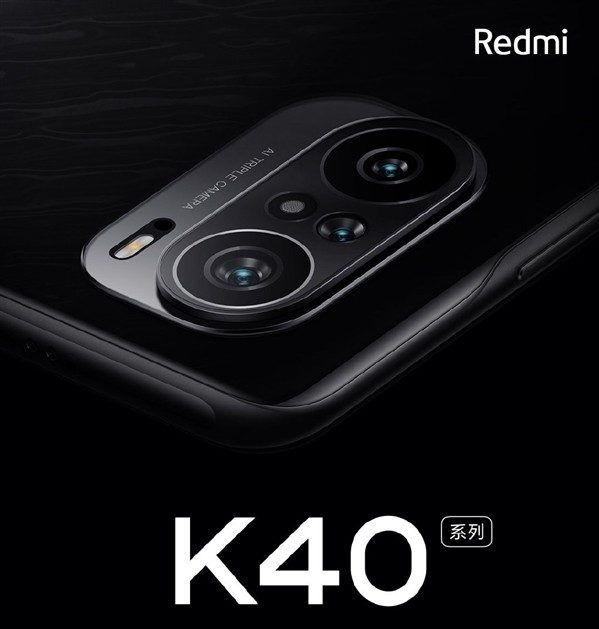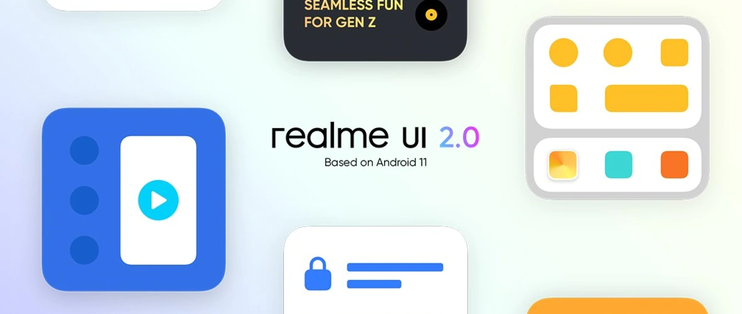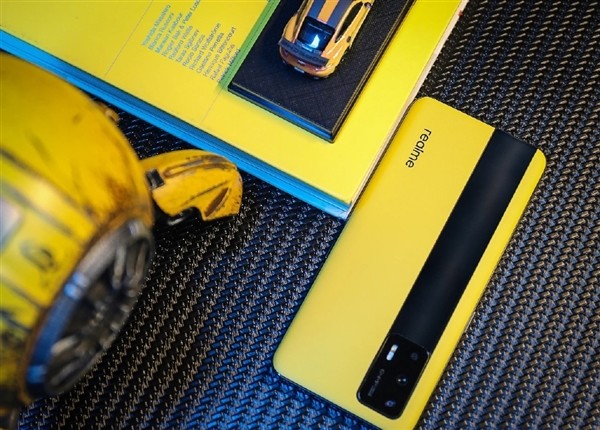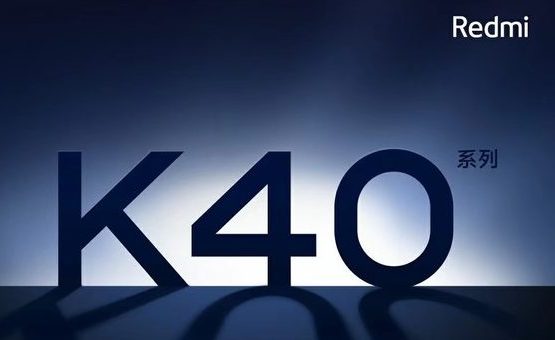In terms of Redmi k40:
The outline of the K40 is roughly the same as that of the Mi 11 (well, the front of the phone is now the same), but the layout of the rear lens is even better than that of the Mi 11. The three lenses are placed in a rounded rectangle, which is better than that of the Mi 11. Two squeezed together into a square is better. There is no doubt that, at least in this detail, Redmi’s aesthetic is better than Xiaomi.

K40 uses a 6.67-inch straight screen, E4 AMOLED material. Last year, the screen made of E3 material was well received, and it was also used by many manufacturers in their own products. This year’s new E4 material has been upgraded, with a peak brightness of 1300 nits, and a certain degree of improvement in color and contrast. These upgrades allowed the K40 Pro to receive an A+ rating in the test conducted by DisplayMate, a screen testing agency.
Of course, like 120Hz refresh rate, 360Hz three-finger touch, AI super-dividing algorithm, MEMC motion compensation, etc., these specifications you can think of can be seen on the Redmi K40 series. In addition, the new machine has also added True Tone true color display, which is similar to Apple’s original color display, and can adjust the color temperature according to different ambient light.
The lenses of the three K40 phones are in a progressive upgrade relationship. The K40 is a combination of 48 million pixel main camera + 8 million pixel super wide-angle + 5 million pixel telephoto macro; K40 Pro is a 64 million main camera + 8 million super Wide angle + 5 million telephoto macro

Pics shot by K40 on the left, and Pics shot by K40 Pro on the right
The Snapdragon 870 is the standard configuration of the K40. The K40 Pro series is Snapdragon 888.
Although the performance of the Snapdragon 888 this year is acceptable, the heat of the first batch of products has slightly overturned. The Snapdragon 870 chip that fills the seat is a balanced choice. From the point of view of running points, it is indeed a bit short of the more extreme (and hotter) Snapdragon 888. But from a practical point of view, it is clear that the 870 is a more realistic choice.
About the Realme GT:

Xu Qi, vice president of realme, said that although the realme GT has extreme low pricing, it did not sacrifice the flagship experience. Dolby Atmos, stereo dual speakers, linear motors and other details to enhance the experience are all in line.
In addition, realme GT is expected to be equipped with Snapdragon 888, LPDDR5 memory, UFS 3.1 flash memory, and support 65W flash charging.
According to the official, the realme 65W flash charging has a total of 5 safety protections from the power adapter to the wire to the mobile phone. It can not only monitor the battery condition during charging, but also monitor whether the battery in the mobile phone is damaged by external forces in real time. The protection ensures the safe use of the battery.
At present, the machine has opened reservations on major platforms, and the number of reservations has exceeded 1 million, which is expected to become a new generation of hot models.
The realme GT cooling system has also been significantly upgraded.
It is equipped with Realme’s latest heat dissipation technology VC boost-3D tempered liquid cooling heat dissipation, 100% coverage of the core heat source, the maximum temperature of the CPU core can reach 15℃, which is 50% higher than the previous generation, and double optimization in material and structure.


So, guys, which one do you think is better? Welcome your ideas!





